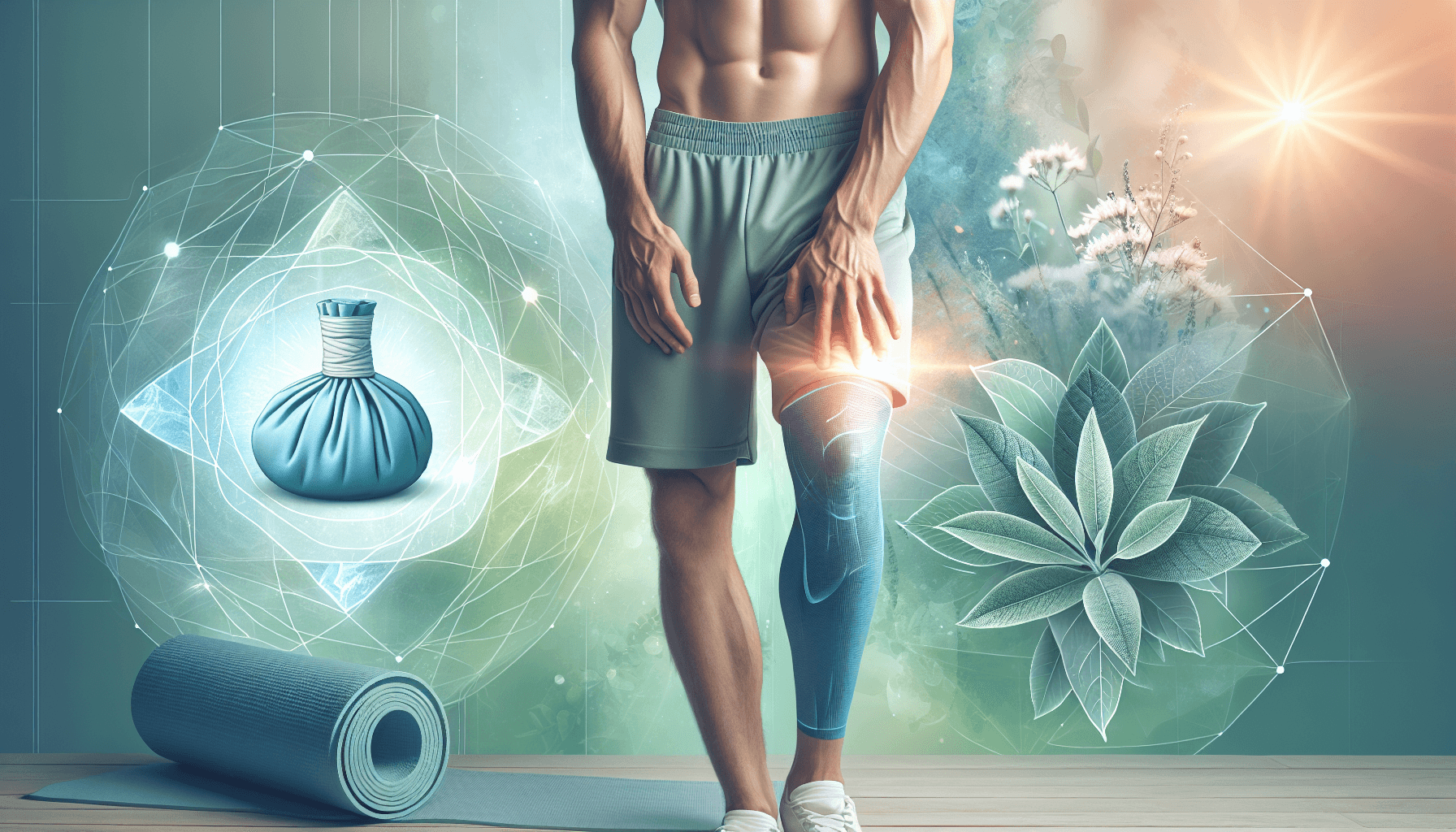Knee pain can be a debilitating condition that affects people of all ages and lifestyles. Whether you’re an athlete dealing with a sports injury or someone who experiences chronic knee pain, it’s important to find effective ways to manage and treat your symptoms.
Common Causes of Knee Pain
Knee pain can be caused by a variety of factors. Some of the most common causes include:
- Injury: Trauma or injuries such as sprains, strains, or torn ligaments can lead to knee pain. These injuries can occur during sports activities, accidents, or even simple tasks like stepping awkwardly.
- Osteoarthritis: This degenerative joint disease is characterized by the breakdown of cartilage in the knee joint, causing pain, stiffness, and swelling.
- Rheumatoid arthritis: An autoimmune condition that causes chronic inflammation in the joints, including the knees.
- Bursitis: Inflammation of the bursae, small fluid-filled sacs that cushion the knee joint.
- Tendinitis: Inflammation of the tendons, which attach muscles to bones. This can occur due to overuse or repetitive motions.
Tips for Managing Knee Pain
If you’re dealing with knee pain, here are some tips to help you manage your symptoms:
- Rest and Ice: When you first notice pain or swelling in your knee, it’s important to rest the joint and apply ice. This can help reduce inflammation and provide temporary relief.
- Compression: Using a compression bandage or knee brace can help stabilize the joint and reduce swelling.
- Elevation: Elevating your leg can help reduce swelling and improve blood flow to the area.
- Exercise: While resting is important, it’s also crucial to keep your knee moving with gentle exercises. This can help strengthen the muscles that support the joint and improve flexibility.
- Weight Management: Maintaining a healthy weight can help reduce stress on your knees, especially if you have arthritis or other degenerative conditions.
- Pain Medication: Over-the-counter pain relievers such as acetaminophen or nonsteroidal anti-inflammatory drugs (NSAIDs) can provide temporary relief. However, it’s important to talk to your doctor before starting any medication regimen.
- Physical Therapy: Working with a physical therapist can help you develop a personalized exercise plan to strengthen your knee and improve function.
It’s essential to consult with a healthcare professional if you’re experiencing persistent or severe knee pain. They can offer an accurate diagnosis and recommend appropriate treatments for your specific condition.
Treatment Options for Knee Pain
Depending on the underlying cause of your knee pain, there are various treatment options available:
- Physical Therapy: A physical therapist can help you improve range of motion, strengthen the muscles around your knees, and provide targeted exercises to alleviate pain.
- Medications: In addition to over-the-counter pain relievers, your doctor may prescribe stronger pain medications or anti-inflammatory drugs to manage your symptoms.
- Injections: Corticosteroid injections can provide temporary pain relief by reducing inflammation in the knee joint.
- Surgery: In some cases, surgical intervention may be necessary to repair damaged ligaments, remove loose cartilage, or replace the knee joint. This option is typically considered after conservative treatments have failed to provide relief.
Pain management clinics can provide specialized care and treatment options for individuals dealing with chronic knee pain. These clinics often offer a comprehensive approach, combining various therapies and interventions to help patients find relief and improve their quality of life.
Preventing Knee Pain
While not all knee pain can be prevented, there are steps you can take to reduce your risk:
- Maintain a Healthy Weight: Excess weight puts extra stress on your knees, increasing the risk of pain and injury. Aim to maintain a healthy weight through a balanced diet and regular exercise.
- Warm-up and Stretch: Before engaging in physical activities or exercises, make sure to warm up properly and stretch to prevent strain or injury.
- Use Proper Technique: Whether you’re playing sports or performing everyday tasks, ensure that you’re using proper form and technique to avoid unnecessary strain on your knees.
- Wear Supportive Footwear: Invest in comfortable, supportive footwear that provides adequate cushioning and stability for your feet and knees.
- Avoid Overuse: Do not overdo repetitive activities that put excessive stress on your knees, such as running or jumping. Take breaks and cross-train with low-impact exercises to give your knees time to rest and recover.
By incorporating these preventive measures into your lifestyle, you can minimize the risk of developing knee pain and maintain the health of your knees.
Conclusion
Knee pain can significantly impact your daily life and activities. It’s essential to understand the common causes of knee pain, follow the tips for managing symptoms, and explore appropriate treatment options. Remember to consult with a healthcare professional for an accurate diagnosis and personalized treatment plan. With proper management, you can reduce pain, improve function, and get back to doing the things you love.

